When attending a conference, understanding emergency procedures is as crucial as the presentations themselves. From fire drills to medical emergencies, being prepared can ensure your safety and the safety of those around you. We're here to walk you through essential protocols and tips that will help you navigate any unforeseen circumstances with confidence. So, let's dive into the details of the emergency procedures you'll need to know to make your conference experience as smooth and secure as possible.
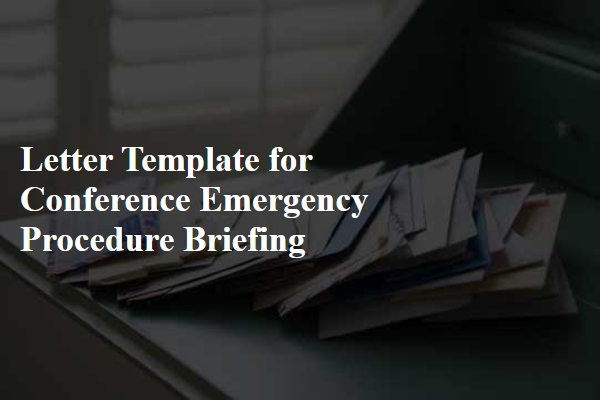
Contact Information and Emergency Contact Numbers
In any event or conference, establishing robust emergency procedures is essential for ensuring participant safety. Attendees should be advised to familiarize themselves with key contact information, including emergency contact numbers for local authorities, such as the police (911 in the United States), fire department, and medical services. Specific on-site personnel contacts, including security personnel and event coordinators, should also be provided. Furthermore, designated emergency exits should be clearly marked, highlighting locations such as stairwells and assembly points to facilitate efficient evacuation. Participants must be informed about the nearest hospitals, including their addresses and contact numbers, to ensure immediate assistance can be accessed if necessary. Detailed maps outlining these critical areas should be distributed to enhance awareness and preparedness during the conference.
Evacuation Routes and Exits
In the event of an emergency during the conference at the Hilton Downtown (address: 123 Main St, City, State), understanding evacuation routes and exits is crucial for participant safety. Upon activation of the alarm system (note: sirens will sound and flashing lights may activate), attendees should immediately proceed to the nearest marked exit. There are three primary exits on the first floor: the Main Lobby Exit (located directly across from the registration desk), the West Wing Exit (accessible through the conference hall), and the East Side Exit (adjacent to the catering area). Stairwells marked with illuminated signs lead to the ground level, ensuring a safe descent away from potential hazards. Emergency exit signage will guide participants to designated assembly areas outside the venue, specifically the parking lot (Zone A and Zone B) where first responders will be stationed. Attendees should refrain from using elevators during evacuation due to potential power failures. For attendees with mobility challenges, designated assistance stations will be available throughout the venue, staffed by trained personnel ready to provide support as needed. Adhering to these evacuation procedures can significantly enhance safety during unforeseen circumstances.
Emergency Assembly Points
In conference venues, emergency assembly points are designated safe locations where attendees must gather during an emergency evacuation, such as fires or natural disasters. These points, often marked with clear signage, ensure that everyone can be accounted for quickly and efficiently. For instance, in the Grand Convention Center located in Chicago, the primary assembly point is the adjacent parking lot, where conference staff conduct roll calls. It's essential to familiarize yourself with the layout of the venue beforehand, including alternative routes to the assembly point to avoid congestion during emergencies. Additionally, understanding the limitations of the assembly area, such as surrounding traffic or inadequate shelter, contributes to overall safety during evacuations. Attendees should remain calm, follow instructions from emergency personnel, and wait for further announcements regarding the situation.
First Aid and Medical Assistance Availability
At large conferences, such as the International Technology Summit held annually, first aid stations (often staffed by certified medical professionals) are essential for ensuring participant safety. Designated medical assistance areas, typically marked with clear signage, provide immediate access to emergency care. Trained personnel are available 24/7 during the event to respond swiftly to any medical emergencies. Organizations often establish partnerships with local hospitals (such as City General Hospital located 2 miles away) to facilitate rapid transport for serious health issues. Basic first aid supplies (bandages, antiseptics, pain relievers) are accessible at multiple locations throughout the venue to address minor injuries. Regular drills and training ensure staff readiness for various medical scenarios, enhancing overall event safety. Emergency contact numbers should be clearly displayed throughout the venue, ensuring quick access in case of urgent situations.
Security and Safety Personnel Details
Emergency procedures at conferences prioritize the safety of all attendees. Essential personnel includes Security Officers trained in threat assessment and response, providing immediate assistance during emergencies. Emergency Medical Technicians (EMTs) are on-site, equipped for medical interventions in critical situations. Communication Facilitators manage coordination, ensuring efficient information flow among departments during incidents. Location-specific protocols are established for venues, with clearly marked emergency exits and assembly points. A detailed emergency contact list, including local law enforcement and fire department numbers, is readily accessible. Attendees receive briefings on procedures such as evacuation routes and first aid stations to enhance overall safety awareness.

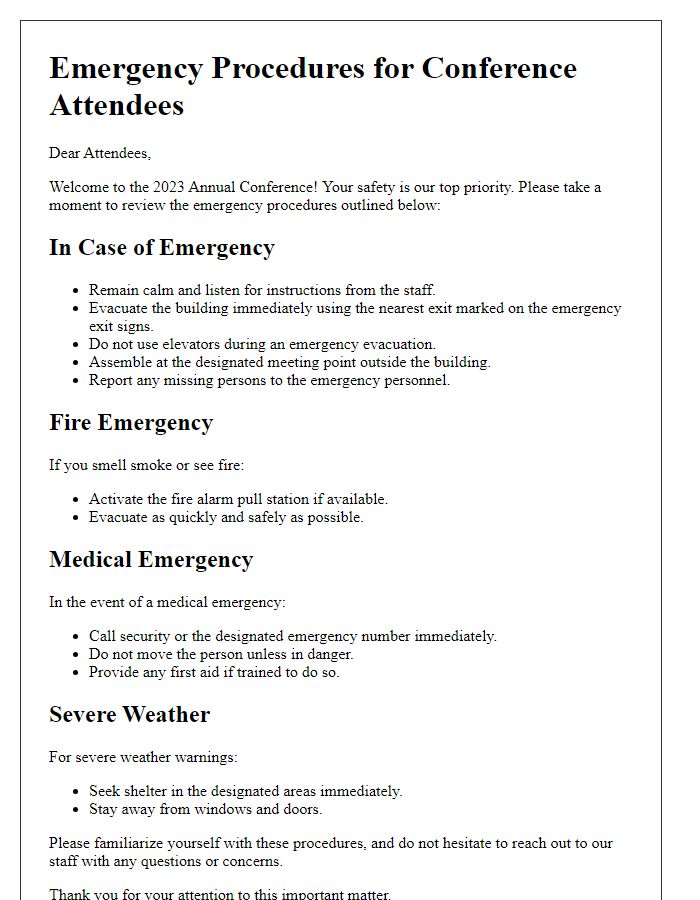
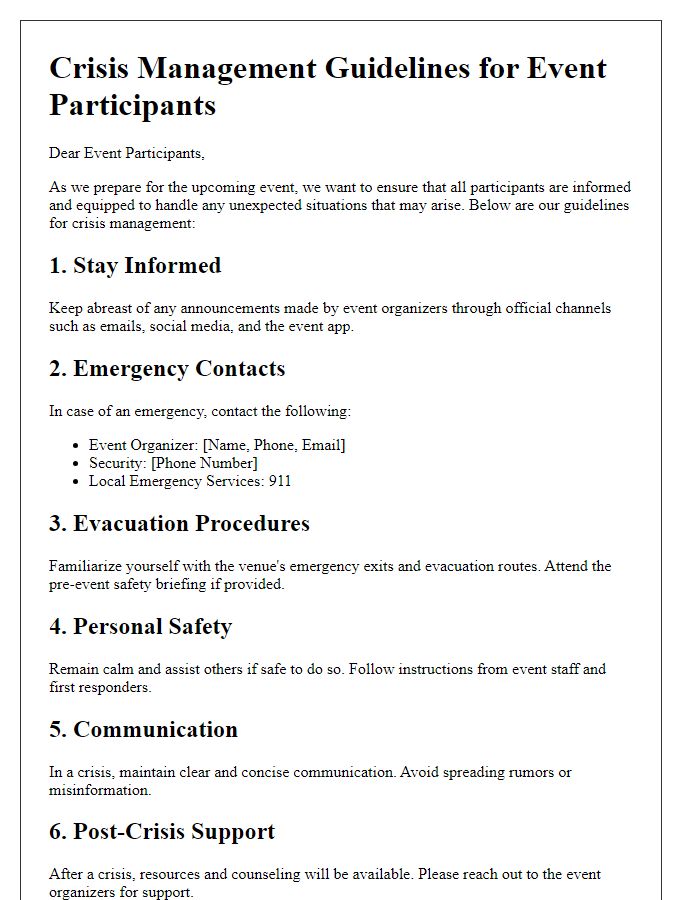
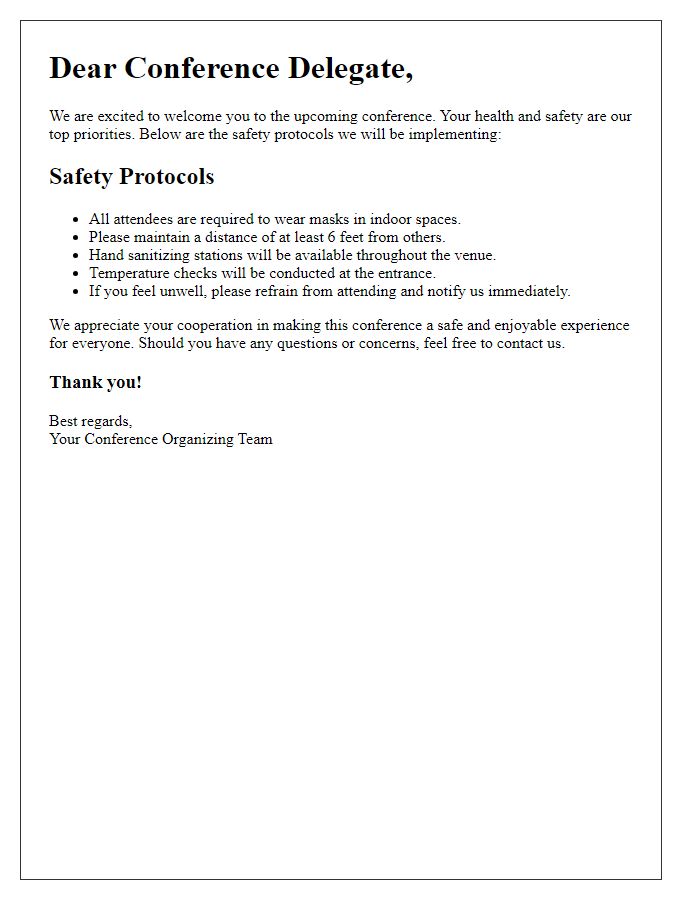
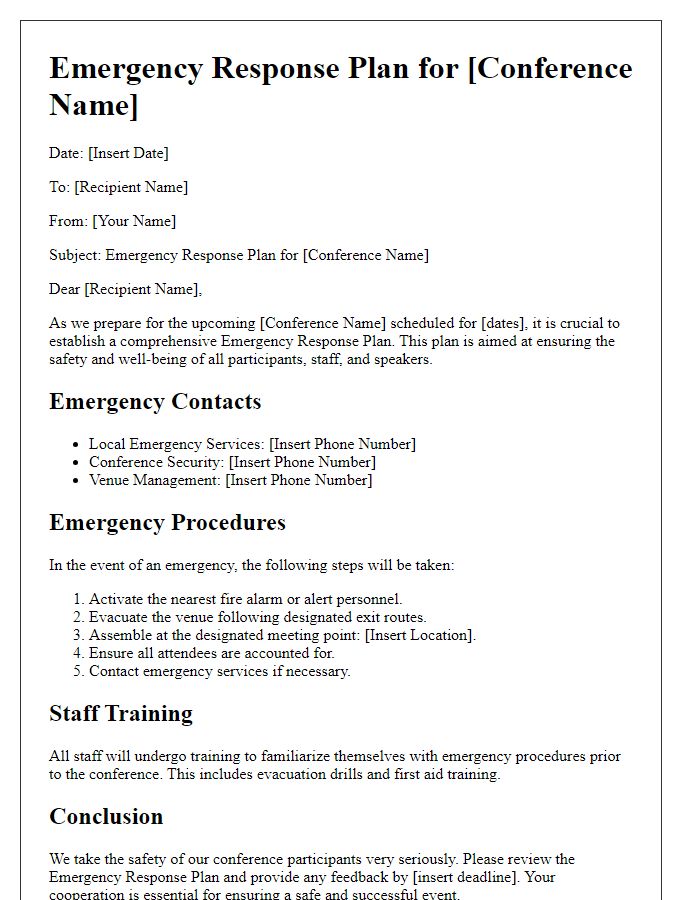
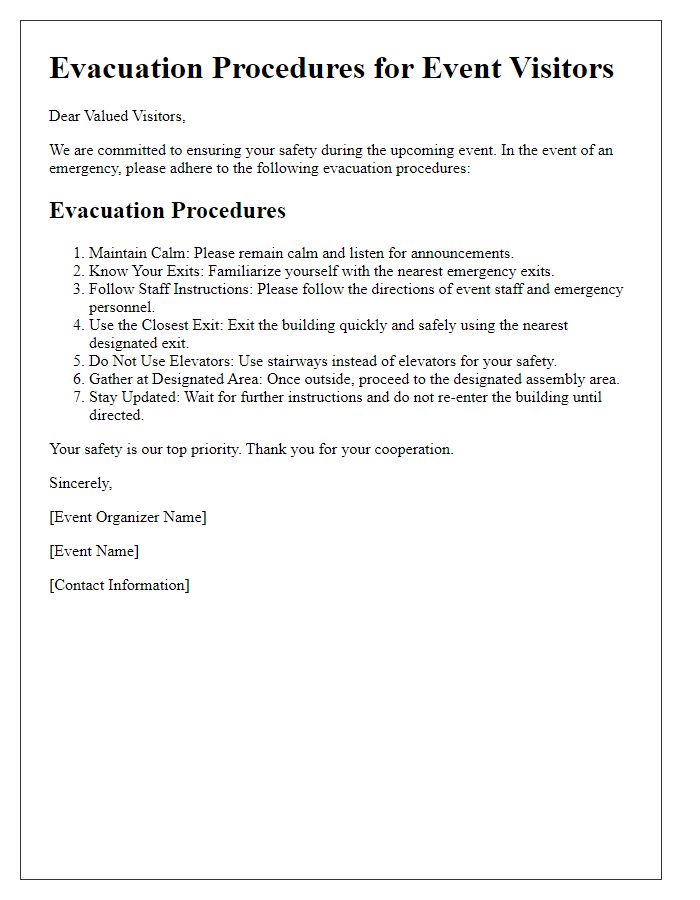
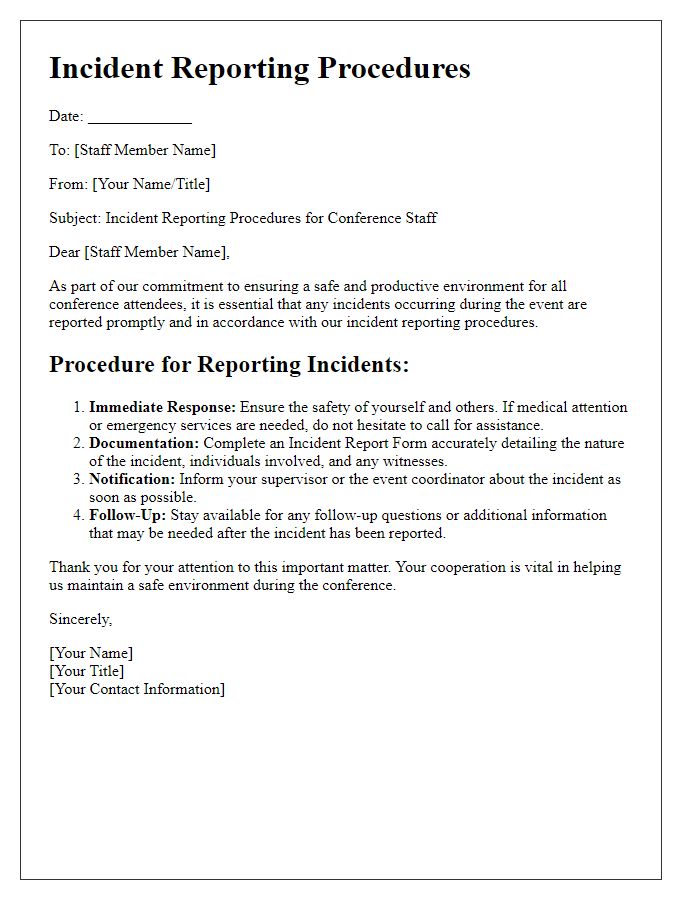
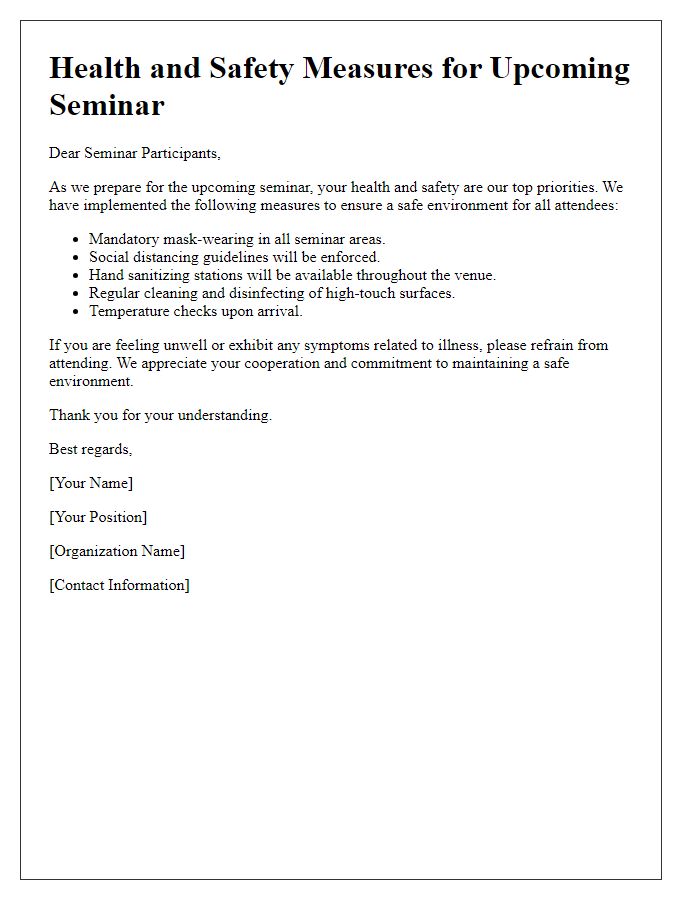
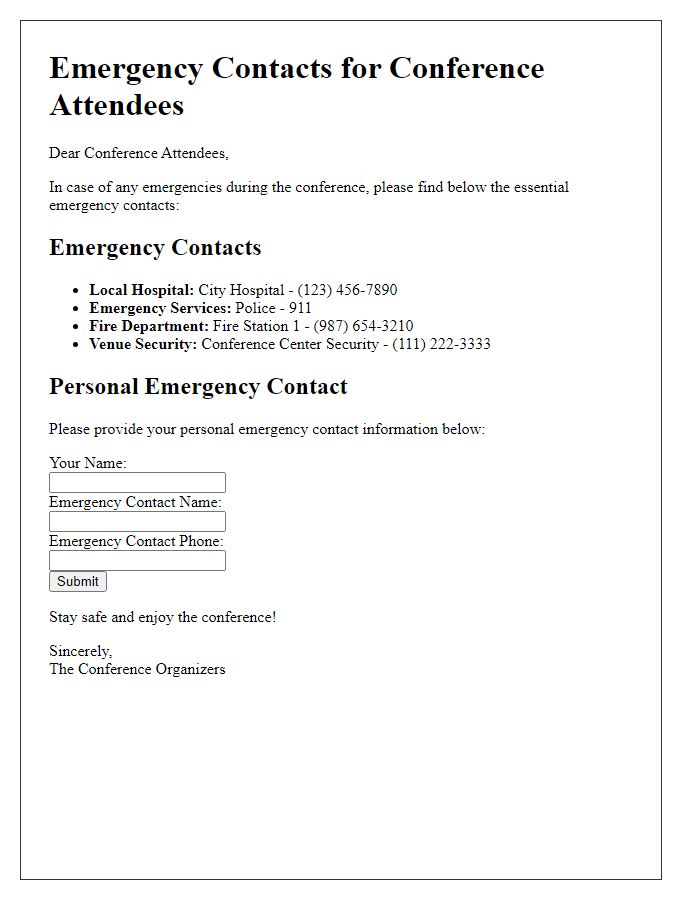
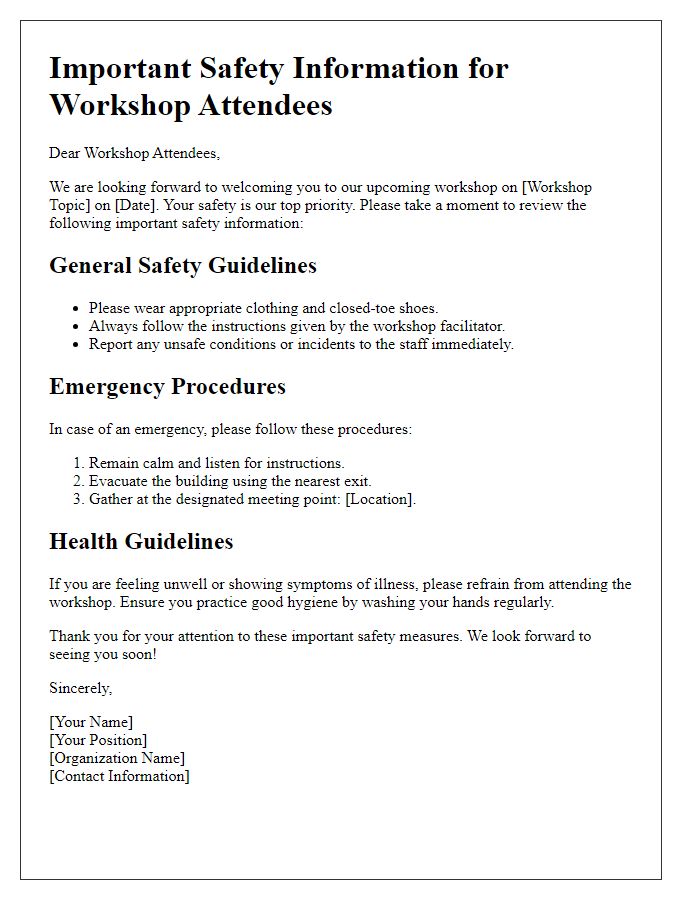
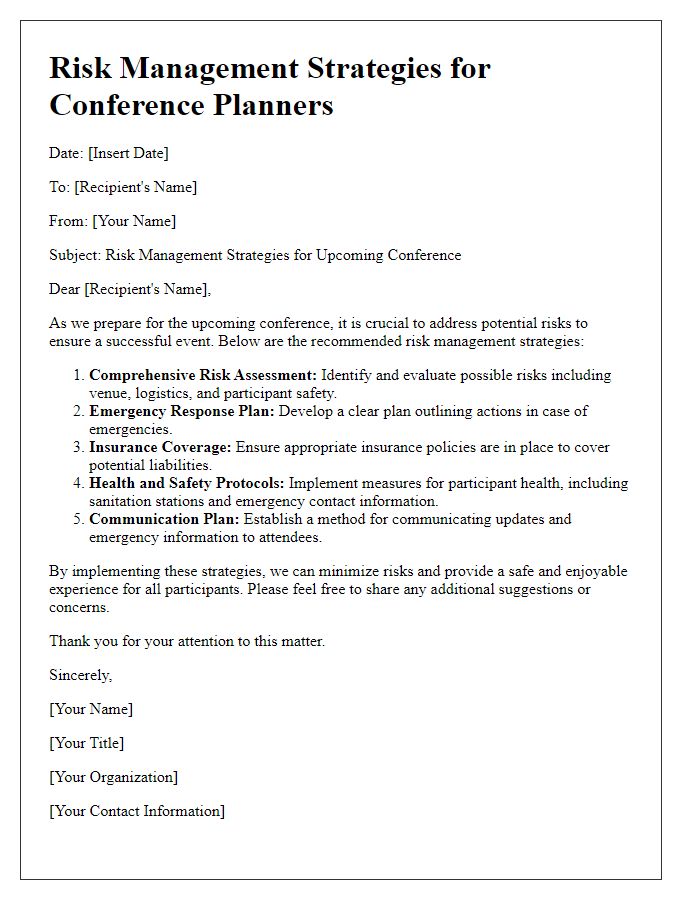


Comments